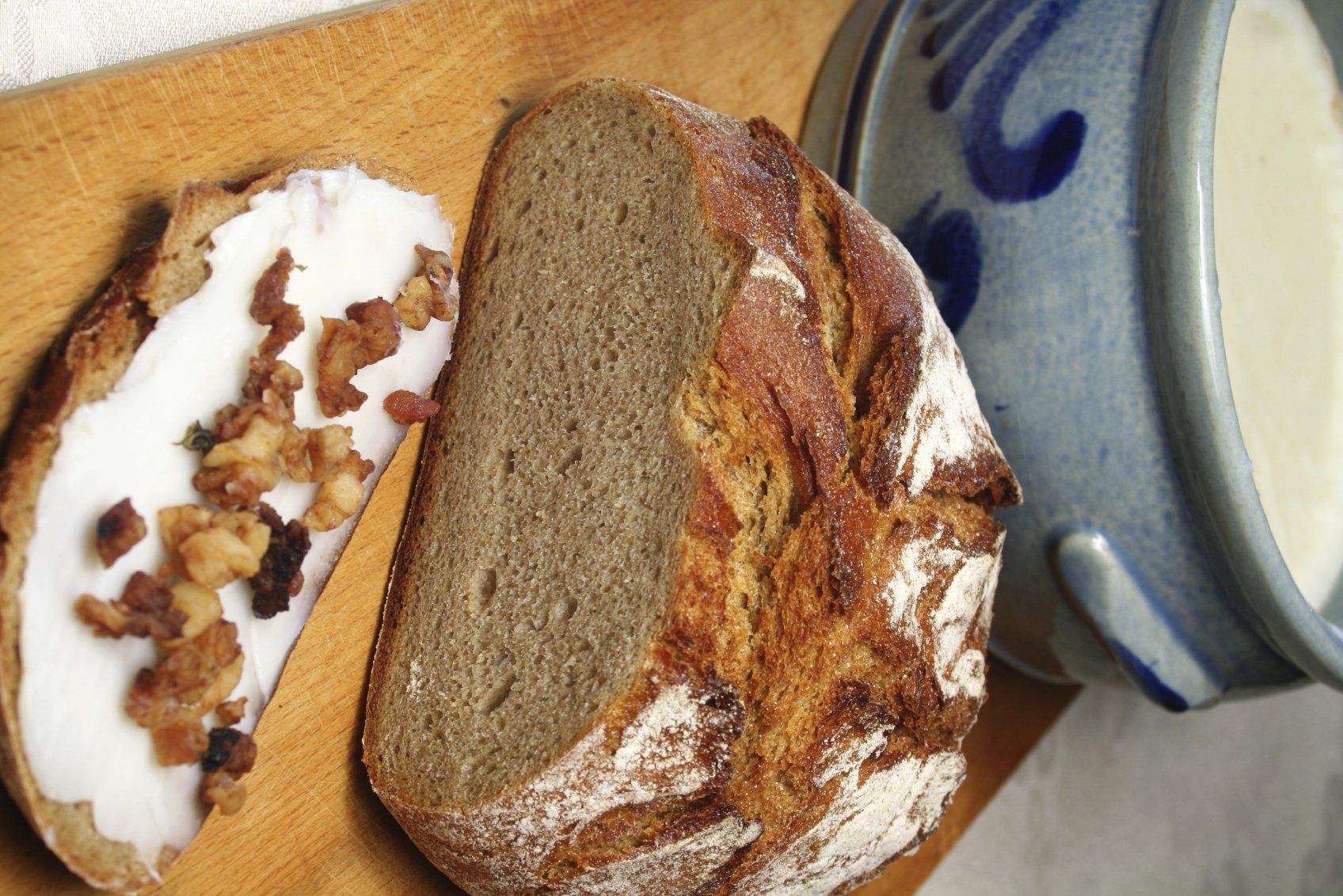LARD
- Uncategorized
- August 8, 2023
LARD: The Pig fat better than butter.

What in the world is a Lard?
Lard is simply a pig fat in rendered [rendering is a process that converts waste animal tissue into stable, value added materials] and unrendered forms.Sources
This can be obtained from any part of the pig where there is a significant amount of body fat.Grades
- Highest Grade: also called ‘Leaf lard’ is obtained from the fatty areas surrounding the kidneys and inside the loin. Usually, it has very little to no pork flavor, which makes it ideal for use in baked goods.
- High Grade: this lard is obtained from the fatback, referred as the hard subcutaneous fat between the back skin and the muscle of the pig.
- Low Grade: this is obtained from the soft caul fat surrounding digestive organs, such as small intestines. Caul fat is often used as wrapping for roasting lean meats or in the manufacturing of pate [a mixture of cooked ground meat and fat minced into a spreadable paste].
Rendering Types
- Wet: the wet process of rendering lard is by boiling the pig fat in water or steaming it at a high temperature. The lard, which is insoluble in water, is skimmed off the surface of the mixture or separated in an industrial centrifuge.
- Dry: in dry rendering, the fat is exposed to high heat in a pan or oven without the presence of water.
The difference is that the Wet-rendered lard has a more neutral flavor, a lighter color, and a high smoke point. On the other hand, the Dry-rendered lard is a more browned in color and flavor, and has a lower smoke point.Uses
Useful for cooking because it produces little smoke when heated and has a distinct flavor when combined with other foods. It’s often preferred over other types of shortening due to its flavor and range of applications.
Rendered lard can be used to produce biofuel and soap.Benefits
- Has a fantastic flavor.
- Has range of applications than the others.
- It has less saturated fat than butter.
- Gives fried chicken and roasted vegetables a better taste.
- Does not impact a pork flavor.
- It is sustainable
- Has one-fourth the saturated fat and over twice the mono-unsaturated fat as butter.
- It is low in Omega-6 fatty acids, known to promote inflammation.
- Foods fried in lard absorb less grease.
- Produces ultra-flasky pastry crust.
